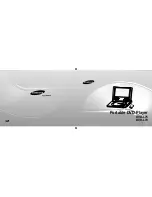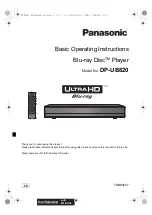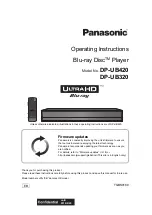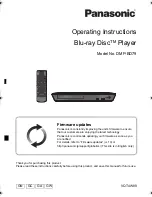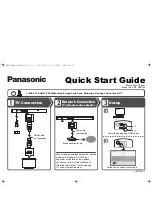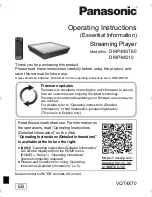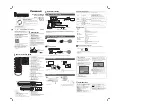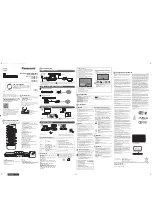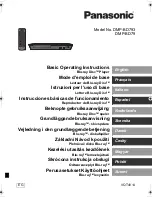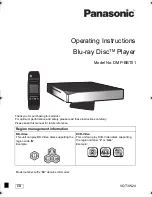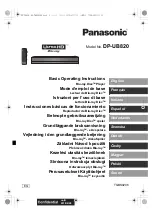
9
English
Preparation
MIXED 2CH jacks
Use the audio/video cable supplied with
this player to connect the L (left) and R
(right) jacks to the corresponding input
jacks of your audio component, such as a
stereo amplifier. You can connect a
subwoofer to the SUBWOOFER jack.
If your AV receiver has video output jacks,
connect your receiver (and then your TV)
so that you can use one TV for several
different video sources (LD, VCR etc.) by
simply switching the input source selector
on your receiver.
This player has three types of video output
jacks. Use the one that corresponds to the
input jacks on the component to be
connected.
S-video terminal <A>
S- (separate) video connections achieve a
clearer picture than composite video
connections by separating color and
luminance when transmitting signals. Use a
commercially available S-video cable. A
receiver (or TV) with S-video input
capability is required.
Composite video terminal <B>
Use the audio/video cable supplied with
this player to connect the player to a TV.
Component video terminal <C>
Component video connections achieve
higher fidelity color reproduction (than S-
video connections) by separating video
signals into luminance (Y: color-coded
green) and color difference (P
B
: blue, P
R
:
red). Use commercially available coaxial
cables. A receiver (or TV) with component
input is required. Observe the color of
each jack when connecting. If your
receiver does not have component output
jacks, you can achieve a better video image
by connecting this player’s component
output directly to your TV’s component
input.
Video Connections
HDMI
PROGRESSIVE
INTERLACE
SCAN MODE
VIDEO OUT
Y
P
B
P
R
COMPONENT
1 CD/DVD
R
L
L
R
R
L
Right
speaker
Left
speaker
Subwoofer
Stereo
amplifier
This player
HDMI
PROGRESSIVE
INTERLACE
SCAN MODE
VIDEO OUT
Y
P
B
P
R
COMPONENT
S VIDEO
OUT
S VIDEO
IN
COMPONENT
VIDEO OUT
COMPONENT
VIDEO IN
VIDEO
OUT
VIDEO
IN
COMPONENT
VIDEO
S VIDEO
VIDEO
<B>
<A>
<C>
Y
P
B
/C
B
P
R
/C
R
V
S
AV receiver
TV
This player





























